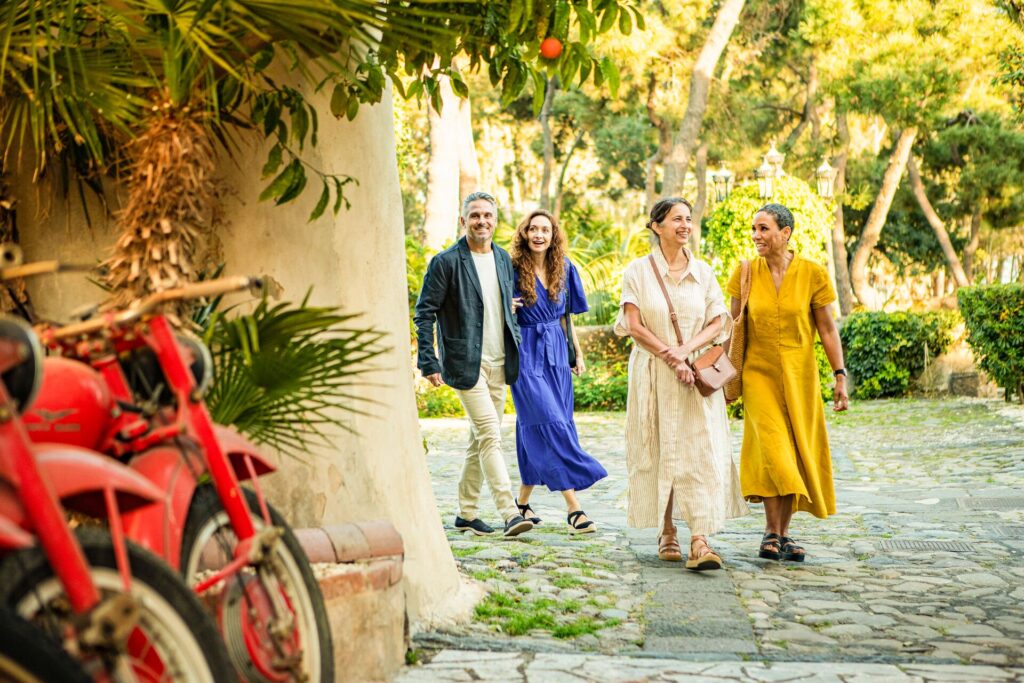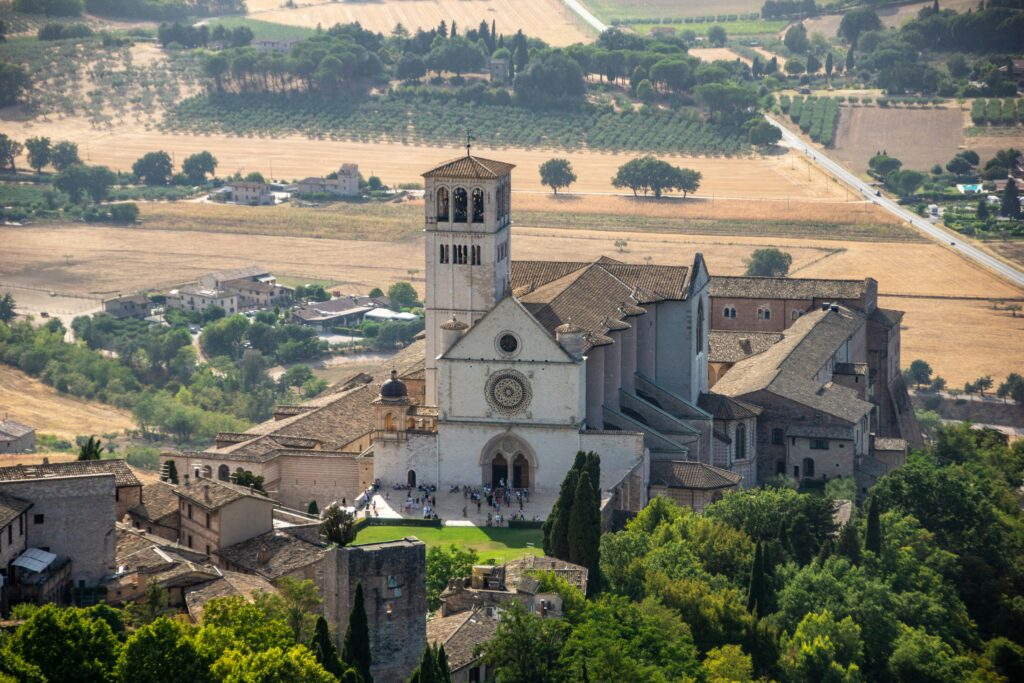Morocco – a land of diverse landscapes and vibrant cultures, from the Atlas Mountains to the Sahara Desert – boasts a rich tapestry of history and heritage. At the heart of this cultural mosaic lies the Berbers, or Amazigh people, the oldest inhabitants of North Africa.
To learn more about their culture, we spoke with Zahra, a Berber and this week’s Insightful destination expert.
“It’s an eye-opening experience for visitors to discover the genuine life of our people, one of the oldest ethnic groups on earth,” Zahra says.
DEEP HISTORICAL ROOTS
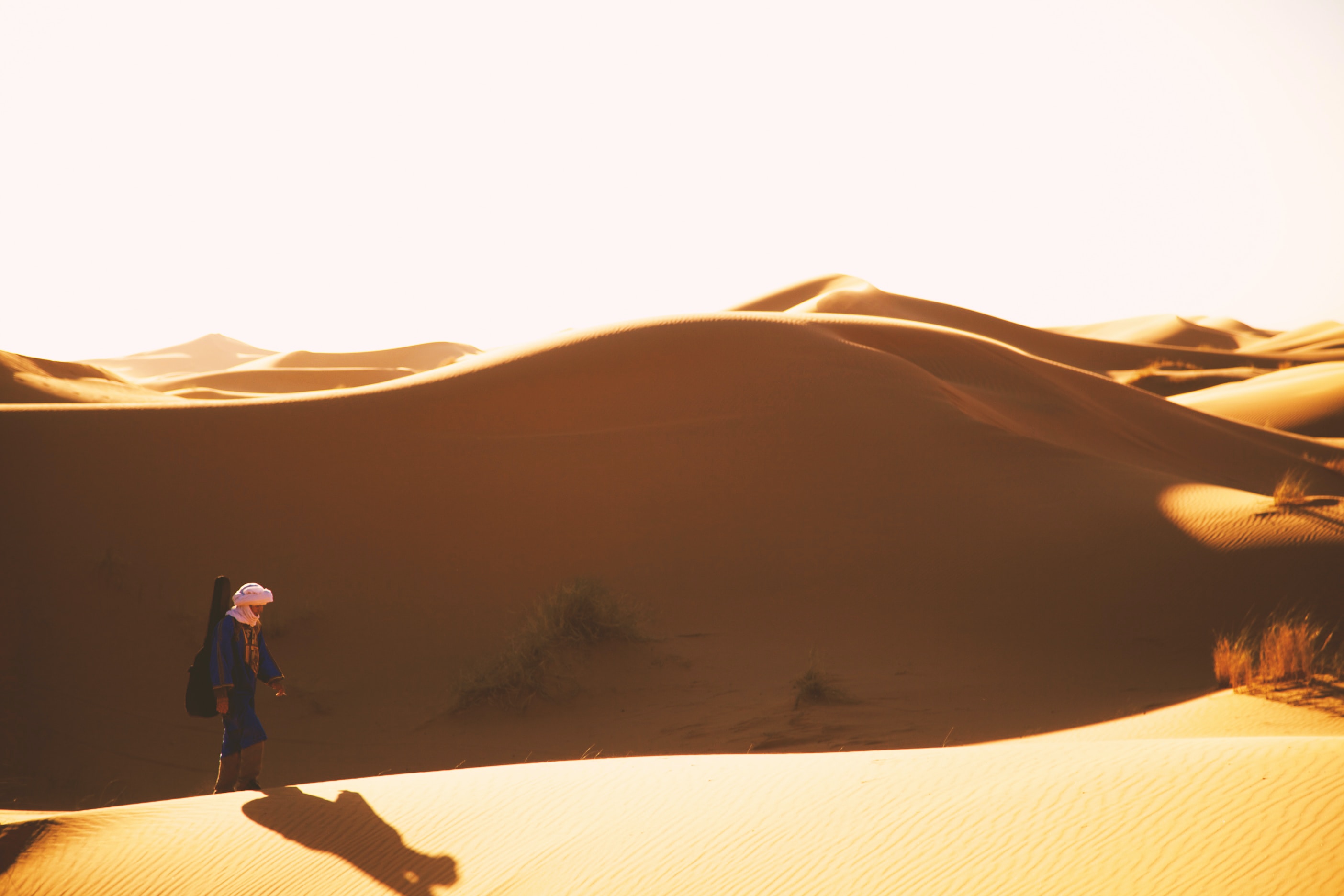
The Berber tribes have deep historical roots in North and sub-Saharan Africa, going back more than 20,000 years and pre-dating the Arab conquest of the region. Called the Amazigh which means ‘Free Men’, they’re the descendants of the indigenous tribes who inhabited the area for thousands of years.
“It is important to talk about my home life and share my culture because it is the best and most authentic way to make Morocco, Berber culture and Amazigh people known to the world,” Zahra says. “This gives an authentic and genuine chance to get to know how a big proportion of Moroccans lead their daily life.”
With a population exceeding 10 million, Berbers constitute a significant segment of Morocco’s society, with their own language and cultural traditions. Some are nomadic, some are sedentary and they’re a mix of Muslims, Christians and Jews.
The influence of Berbers can be traced back to ancient civilizations such as the Carthaginians and the Romans, who recognized and interacted with the Berber tribes.
For travel inspiration: Morocco destination guide
MEET ZAHRA
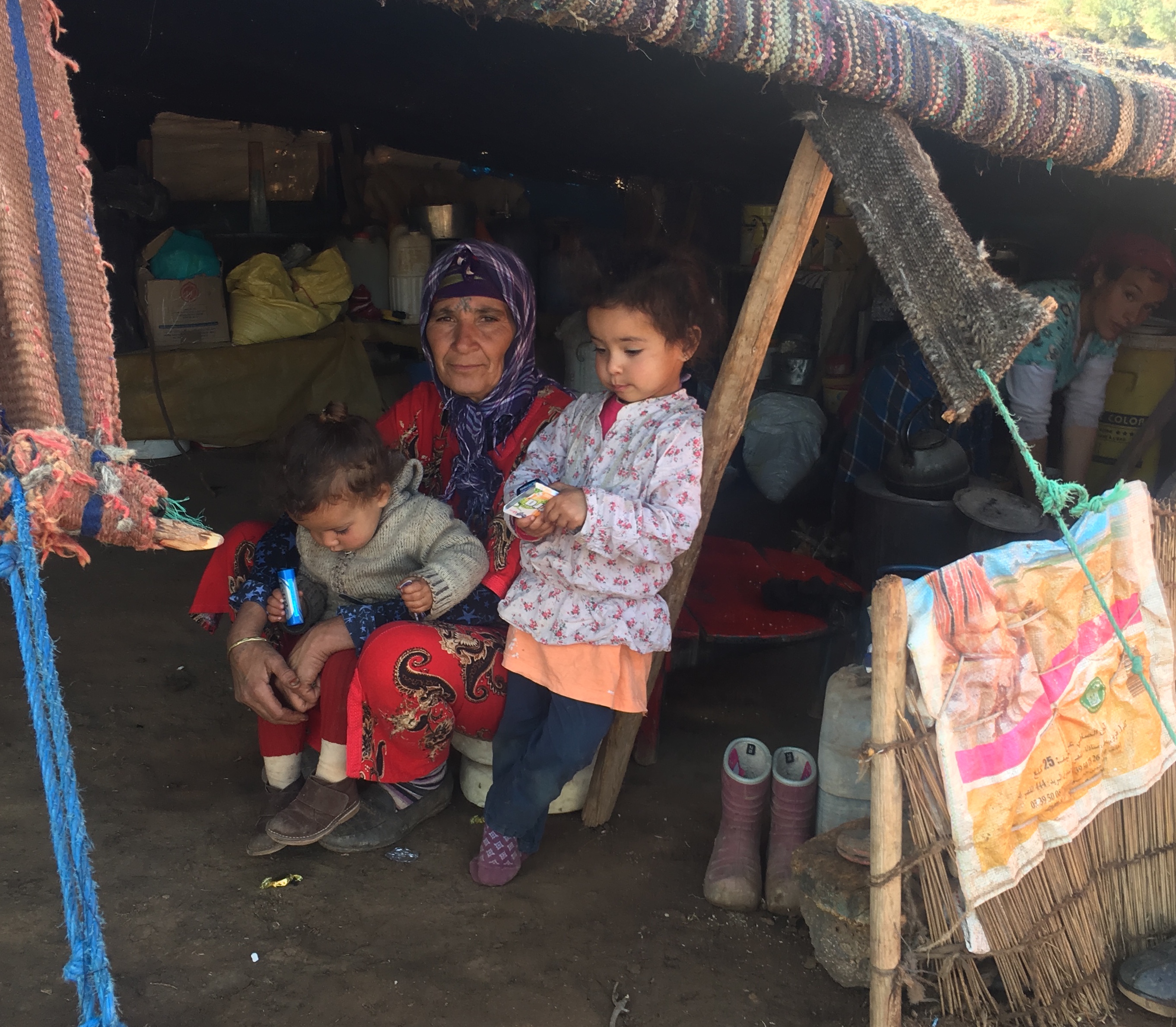
Zahra and her family live the Valley of Ourika in south Marrakech. Home to hundreds of Berber, or Amazigh families, the Ourika valley stretches for 68 km and is among the most beautiful and green valleys of Morocco.
Zahra was born and raised in the village. She got married at an early age, through an arranged marriage, as is typical in rural areas of Morocco. She has five children, two boys and three girls, all of them married now. Her husband sadly passed away a few years ago.
Zahra’s house is made of earth, beaten clay and straw and called an ‘adobe house’. Her first son lives with her as per tradition. Often, when their first son marries, Berbers build an annex or add another floor to their house, where he brings his new wife. Zahra’s house now hosts a family of six, with the addition of her daughter-in-law Fatima. Her other children live in the same village with their families.
You might also be interested to read: 11 of the most unique and beautiful cultures around the world, in pictures
A FIGHT FOR RECOGNITION
Despite being the oldest inhabitants of North Africa, Berbers have had to fight to safeguard their identity. They have had a long struggle for their political and linguistic recognition and the integration of Berber tribes into modern Moroccan society has been an ongoing process.
With the country’s independence in 1956, Morocco underwent significant political and social changes that allowed for the recognition and inclusion of the Berber identity and culture.
With language playing a crucial role in preserving their identity, one key milestone in this integration was the constitutional reform of 2011, which officially recognized Tamazight, the most widely spoken Amazigh or Berber language, as a national language.
And in June 2019, lawmakers unanimously approved a bill confirming the language’s official status, alongside Arabic. This mandated its inclusion in education, media and public life.
THE SIMPLE LIFE
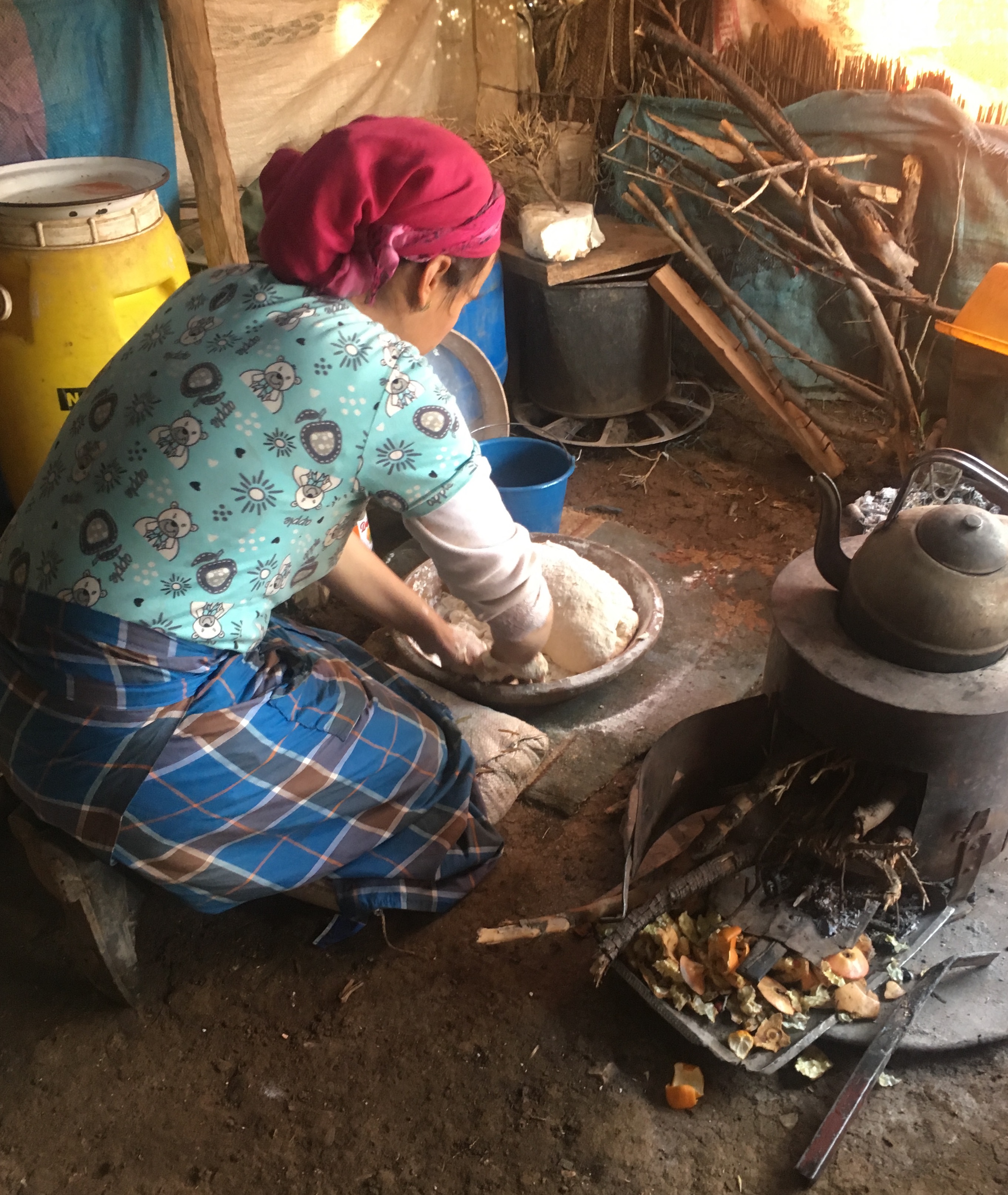
“I think it is an eye-opening experience for people to discover how simple the life of Berber people is,” Zahra explains. “It is not poverty, but it is very basic. But we always have smiles on our faces.”
Berber, or Amazigh, cultural heritage is characterized by a strong attachment to the land and a deep respect for nature. They don’t have the extravagant materials of the urban centers but still they live happily. Their expenditures are not high, and Berbers are also exempt from paying taxes.
You may also enjoy reading: From Islamic to art deco: A rich history of Moroccan architecture
A SNAPSHOT OF DAILY LIFE
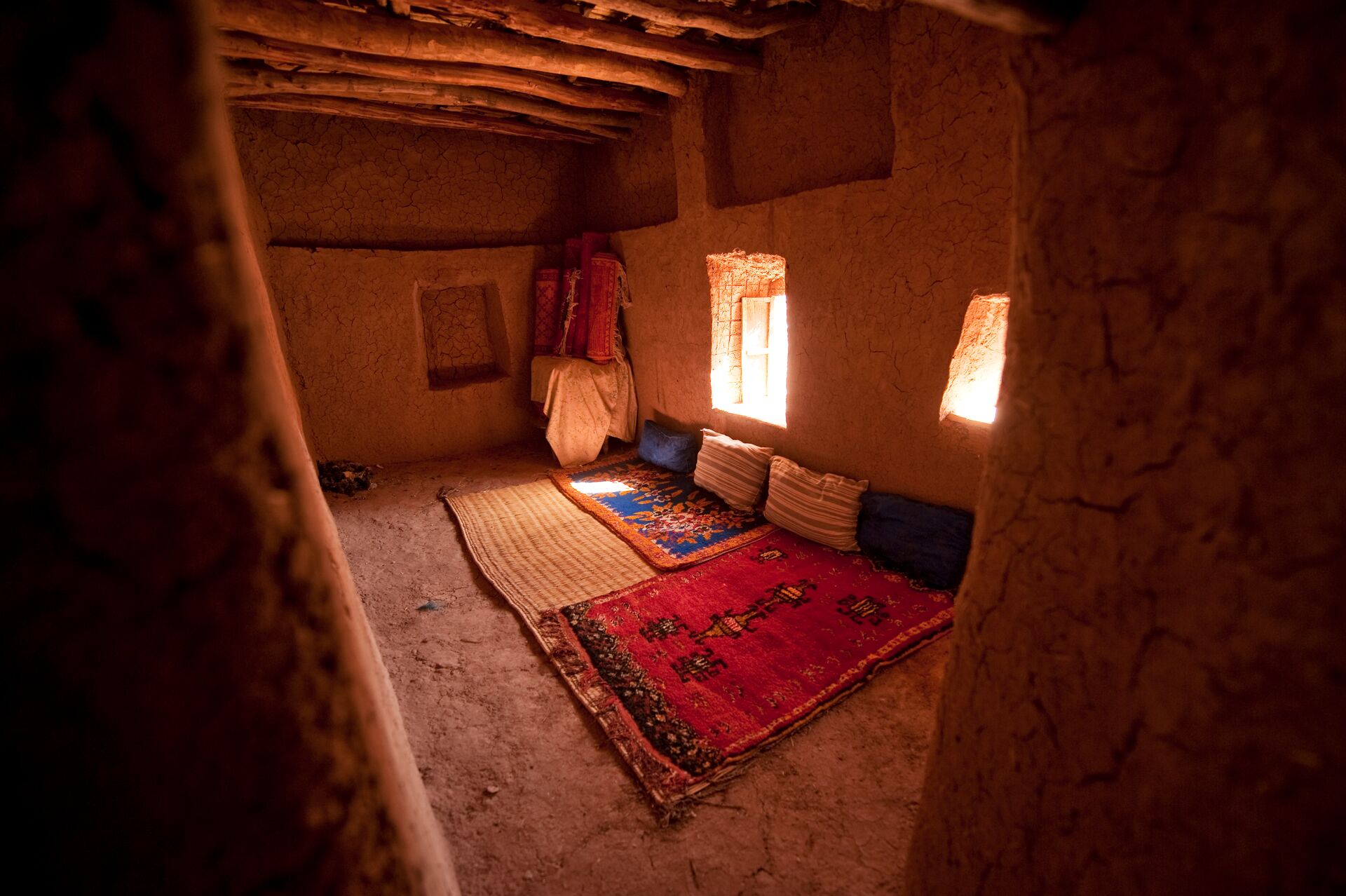
After the death of Zahra’s husband who was a farmer, it’s her eldest son who supports the family. “We own about 15 olive trees and around November the trees are harvested,” Zahra explains. “I grind the olives and sell the olive oil, and I also sell honey from our beehives.”
Every Monday morning Zahra rides her donkey to the Ourika souk, considered the biggest souk of The High Atlas Mountains. The souk is the market, a commercial occasion and also a social hub for the Berbers. As early as 05:00 people head to the souk, park their donkeys at the donkey parking, before spending the whole day buying and selling.
“It is a day of socializing, as well as work. All the news is spread at the Souk,” Zahra explains. “We meet and share all the gossip of the village. The religious counselor is there as well, and who ever getting married or divorced goes there to his tent.”
ENDURING TRADITIONS
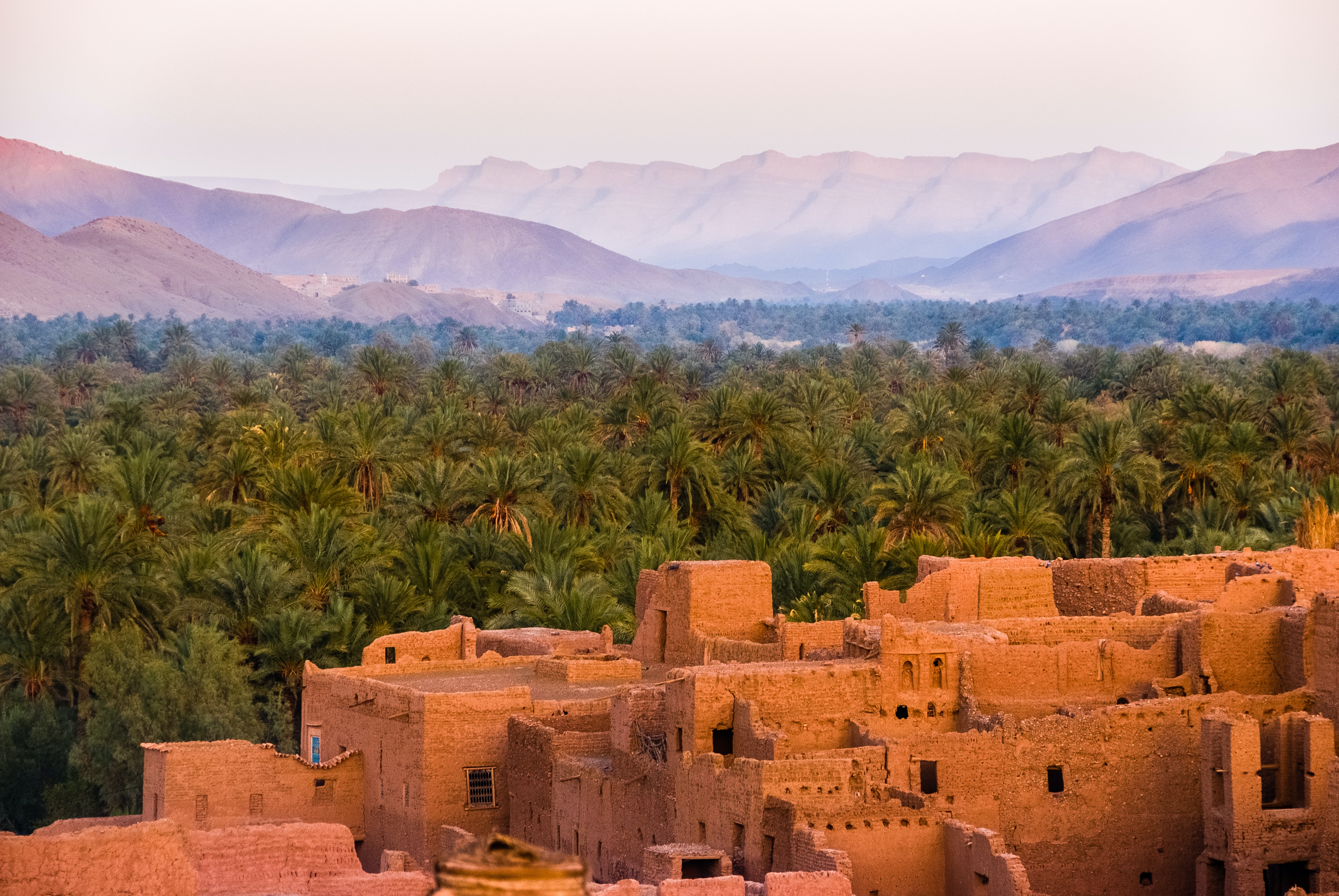
Berber tribes have maintained their distinct cultural practices through generations. And handing on their values and culture to future generations is of vital importance.
Craftsmanship, such as weaving, pottery and jewelry-making, has found its place in the modern Moroccan economy. Traditional crafts have gained international recognition, sought after by tourists and collectors alike, and by supporting local artisans, the modern market has provided economic opportunities and a platform for the Amazigh people to showcase their heritage.
Traditional music, such as the rhythmic beats of the bendir (a type of frame drum) and the soulful melodies of the imzad (a single-stringed violin-like instrument) provides a glimpse into the depth of their artistic expression.
One of the great traditions of the Amazigh communities is the ‘Awash’. This dance and music performance usually takes place in a town square, bringing people together for family weddings and celebrations.
You may also enjoy: Of all the gin joints: the fascinating tale behind Rick’s cafe in Casablanca
WORLD FAMOUS CUISINE AND A TRADITIONAL BERBER BREAKFAST
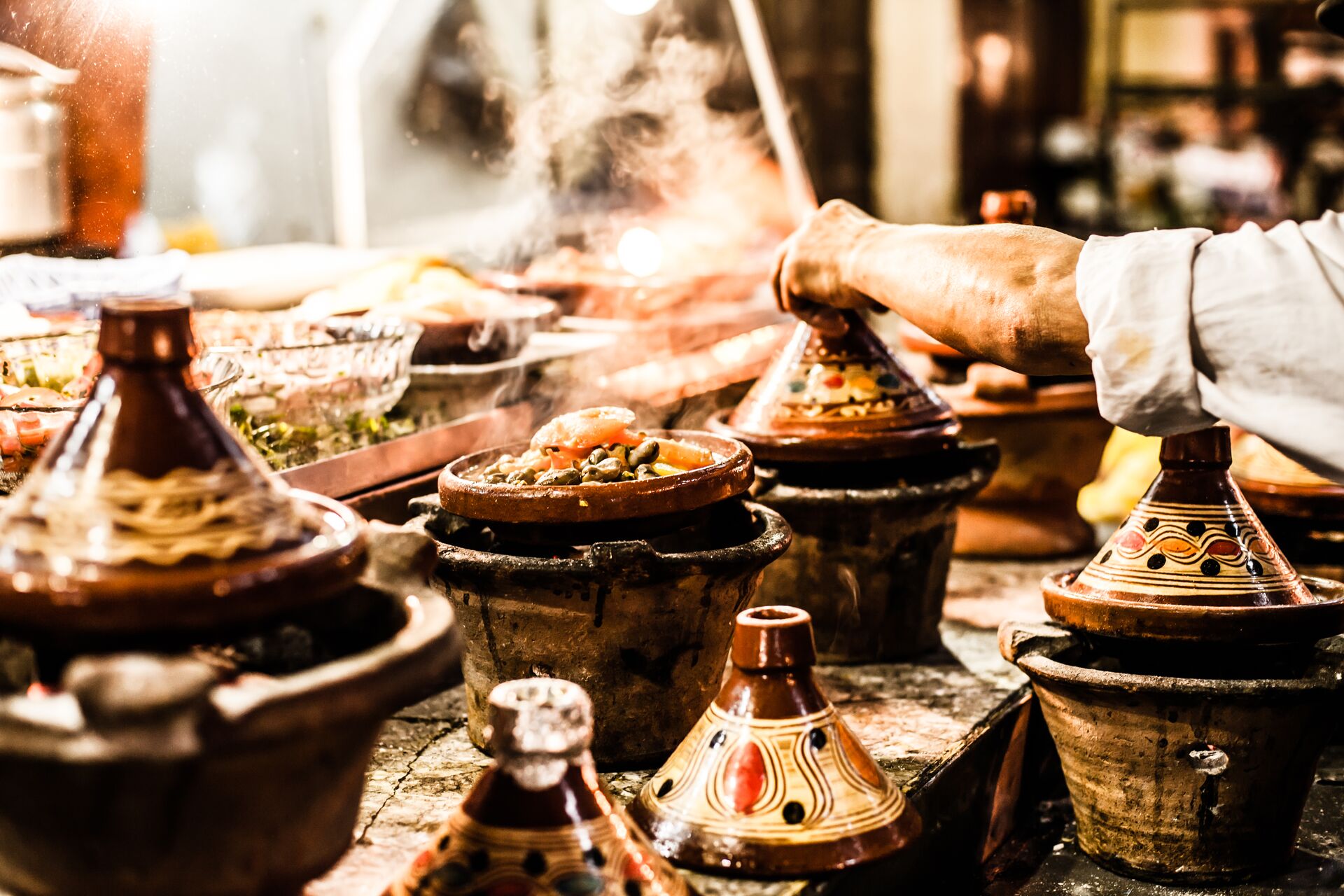
Cuisine is of course another noteworthy, delicious, and world-famous aspect of Amazigh culture. Tagine, a savory slow-cooked stew, and the national dish couscous are examples of their culinary heritage. Dishes reflect the influence of the diverse landscapes and agricultural traditions of the Berber people.
The traditional Berber breakfast is also a highlight. “Traditionally speaking, the breakfast consists of freshly wood oven baked bread, pancakes and homemade butter,” she explains. “It’s also served with virgin olive oil, olives, honey from our own beehives and of course the inevitable mint tea with freshly picked up mint from the backyard.”
You can also test your travel knowledge against Zahra and other Insightful destination experts. Each week, our Insightful Trivia Game challenges you with a quiz to win a monthly travel prize.



